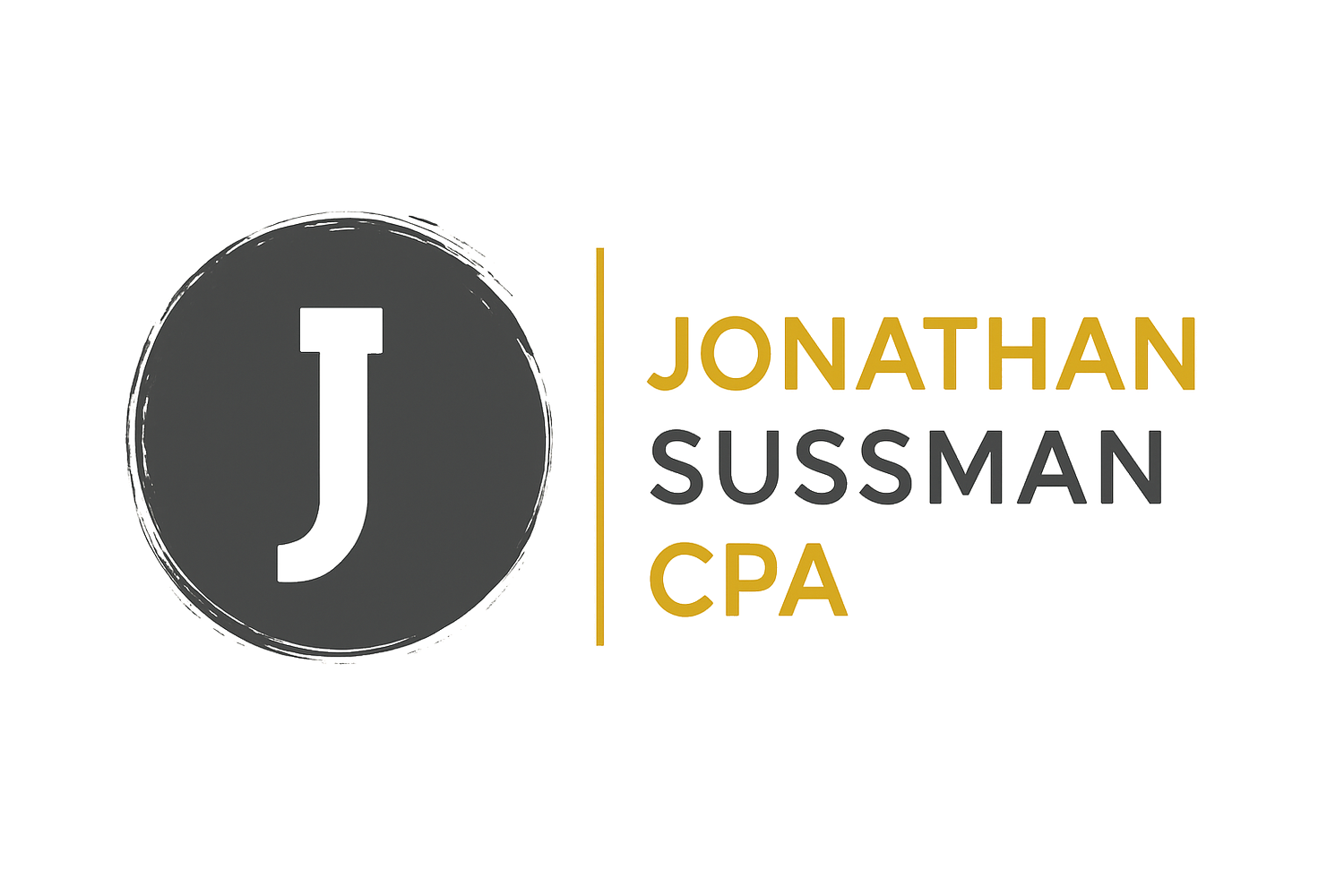Why Tax Refunds are Killing your Gains - The IRS Doesn’t Want You to Know This
The future is here, it’s just not evenly distributed
- William Gibson
As a CPA, my job is to save people time and money. And although tax refunds are easy enough to file, I feel a sort of guilty pleasure doing it.
One the one hand, it’s money that goes into the client’s pocket. Most people are ok with that.
On the other hand, it also indicates a missed opportunity. Most people miss this.
So if you’re reading this and believe that a refund is a good thing for your net worth, and you’re happy to get them, I’m going to show how to reinvest that money to make 30,000% more with it. And if you already understand investing, then I’m going to show you how to apply tax strategy to multiply your net worth too.
There are 2 things you need to understand for this to work:
Tax Refunds
It is not income. It is money that you gave to a taxing agency in excess of what you owed. It’s the equivalent of buying a pair of shoes and getting change back at the register. The only difference here is that you don’t get your change back until file your tax return, which can be a year or more after you paid.
Compounding interest
This is when accrued interest accrues interest. Over time, this has a multiplicative effect. For example, if you put $1 dollar into an investment that yields 10% interest annually, then at the end of year one, that dollar is worth $1.10. At the end of year two, it is worth $1.21. However, by year 30, it is worth $17.5. By year 40, it’s worth $45.26
So how do these two things intermingle?
Well, when you pay tax, you’re essentially putting your money into a “Tax Payment Account”. Taxing agencies, like the IRS, pull money from these accounts against your tax liabilities. Any amounts that aren’t used are returned to you without interest. There is a 0% return on these overpayments, and with inflation, that means you’ve really lost money.
Not good.
However, when you put money into a Tax Savings Account, such as a IRA or a 401K, then that same money can be put into assets that grow in value over time, and can potentially have tax advantages.
Stock index funds, for example, have historically yielded on average 10% per year. If you put all that into a Roth IRA, then you can potentially take these gains tax free.
So there are two accounts that I have outlined here: your Tax Payment Account, and your Tax Savings Account.
My recommendation is to fund the former only to the extent you need to and nothing more, while putting everything else you can into the latter.
Here are some numbers to illustrate the point:
For example, let’s say that you owed taxes of $80,000 for the year and paid $100,000. You will have overpaid $20K in taxes for the year. You will receive a refund of that and be on your way.
However, if you invested that into an IRA, then that would’ve yielded $2K, assuming a 10% return.
In 30 years at a compounding rate of 10%, that 2K would’ve been worth $35,000 (in today’s dollars). In 40 years, $90,520.
If you are looking ahead 40 years or more, then that refund actually cost you $90,520, since the money that you didn’t have access to was essentially loaned to a taxing agency.
Most people who receive refunds of $20,000 each year with their accountant are jumping for joy.
However, this uninformed excitement doesn’t pay. In this case, 10 years of this behavior would cost $611,816 in 40 years to your nest egg. And the damage compounds too. 50 years later these same refunds that yielded 0% would’ve been worth $1,586,895.14 if they were invested properly.
And if the refunds are higher, the numbers rise too.
So invest your money into places where to grows, because a little bit goes a long way.
It’s just takes putting your money into a different account, and your future will thank you for it.
